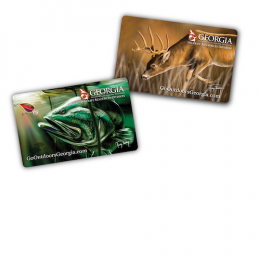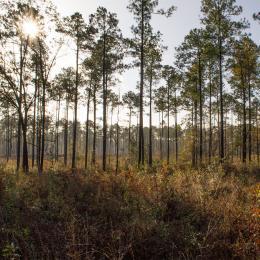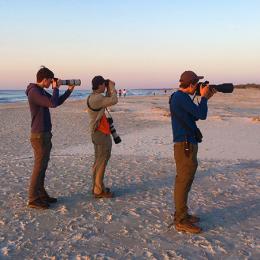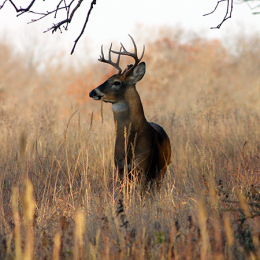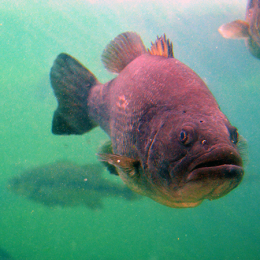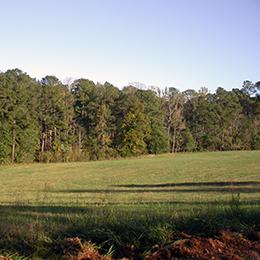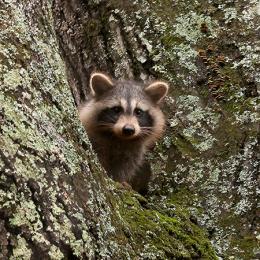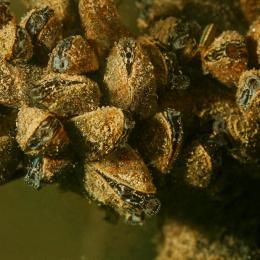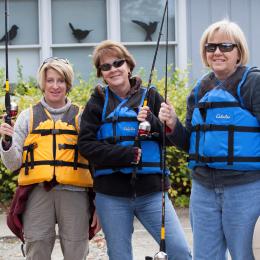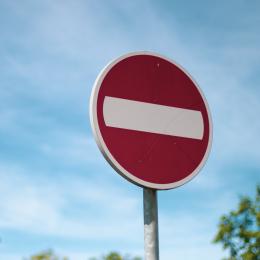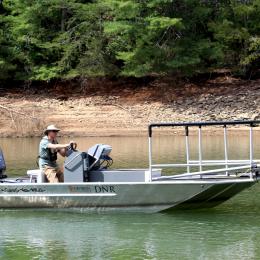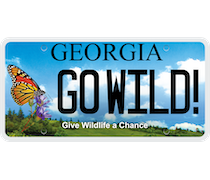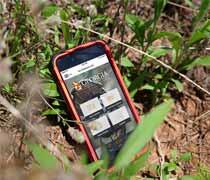CWD Q&A with a Deer Biologist
Got questions about CWD? Visit with deer biologists from the Georgia DNR Wildlife Resources Division to answer your questions about CWD at one of four processor locations.
Dates, Times and Locations:
Jan. 10-11, 2026 (9 am-12 noon and 4-7 pm each day):
- Merrits Deer Processing (near Atkinson/Berrien Co.): 2643 Yellow Brick Road, Douglas, GA 31535
- Owen Farm Deer Processing (Berrien Co.): 408 June Bug Lane, Alapaha, GA 31622
- K&K Deer Processing (Lowndes Co.): 6749 Good Hope Road, Naylor, GA 31641
- Hunts Deer Processing (Lanier Co.): 79 Bolling Lane, Lakeland, GA 31635
Questions? Email CWD@dnr.ga.gov.
Chronic Wasting Disease (CWD) was initially discovered in Georgia in January 2025. CWD is a neurological disease of the brain and central nervous system affecting cervids (deer, elk and moose). It is always fatal and there are no current vaccines or treatments.
Georgia DNR has implemented the state’s CWD Response Plan and established a CWD Management Area (CMA), which includes the county where the positive samples were found and any county touching a 5-mile radius around the location. The current CMA includes Atkinson, Lanier, Berrien and Lowndes counties.
Working together with all Georgians’ we can manage CWD. Please select a Topic below and review included information to learn more.
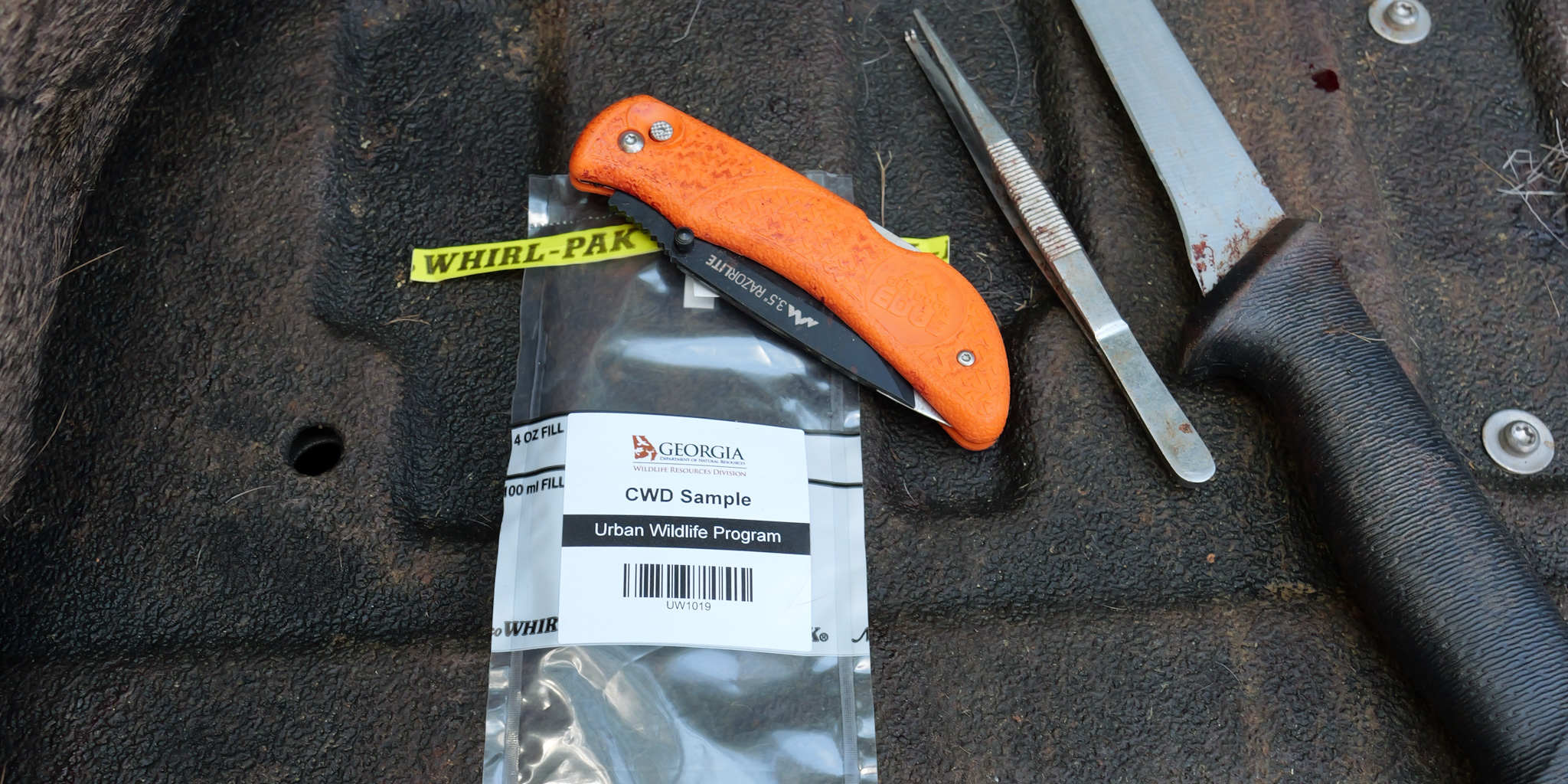
Reporting and Questioning
Submit CWD related questions to CWD@dnr.ga.gov
To report a sick deer, contact your regional office on our contact information page.
.jpg)







